Review - Meade Smartphone Adapter, page 2
Posted: 2 October 2018
12" LX600 Telescope
I initially used the Meade Smartphone Adapter with an iPhone 8 Plus on the 12" LX600 telescope in my observatory. Here is the Adapter on a 2" Meade diagonal with 1.25" adapter:

Note the Earbuds that are connected to the iPhone for use as a "remote shutter release". Some smartphone adapters have phone mounting brackets that block the headset port and prevent using such a remote shutter release. It is great that the Meade adapter does not block the port, which is normally at the top or bottom of a phone.
The Moon makes a fine first target for new smartphone astrophotographers. Depending on your telescope and eyepieces, sometimes you may not be able to image the entire lunar disk when using a smartphone adapter. If that's the case, the Moon is bright enough that you can easily take a heldheld afocal photo of the Moon using a low power eyepiece. Of course, increasing magnification will bring out details on the lunar surface. With the 12" LX600, a 26mm eyepiece provides 94X and a 9mm eyepiece provides 271X.
Handheld, 102X, Camera app

94X, Camera app, cropped to the eyepiece field-of-view
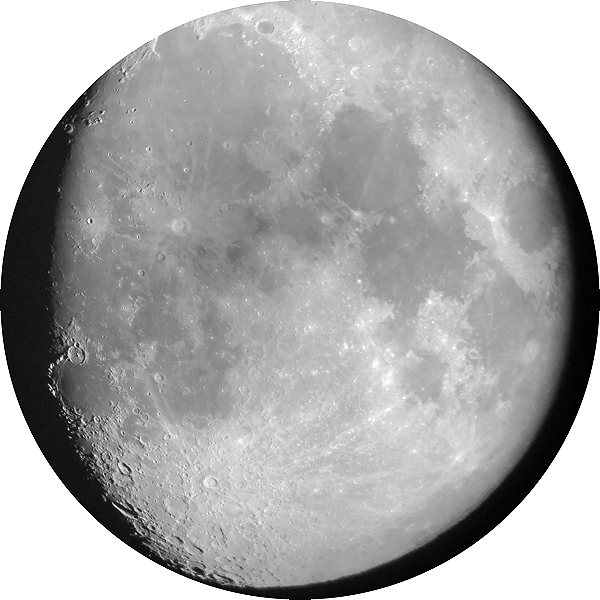
271X, Camera app, cropped to the eyepiece field-of-view
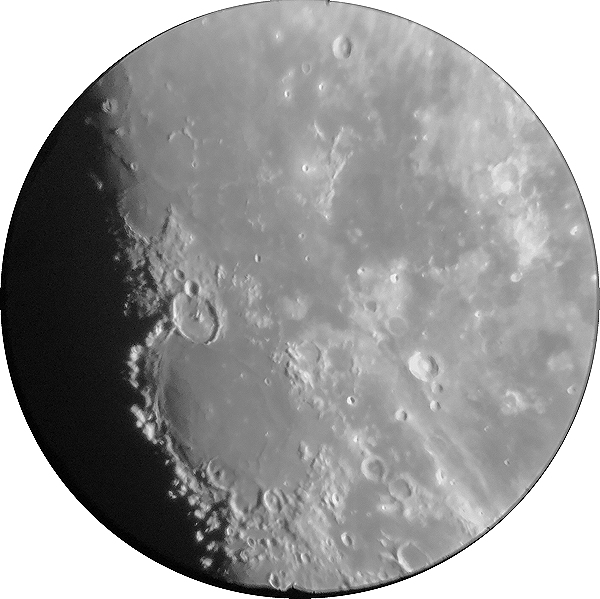
Here are two iPhone photos of Venus taken with the iOS 12 Camera app, cropped to the eyepiece field-of-view (FOV) as seen by the camera:
Afocal 94X
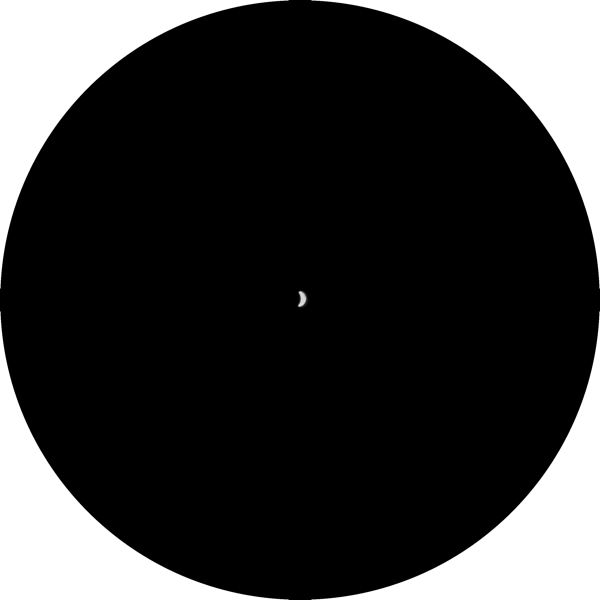
Afocal 271X
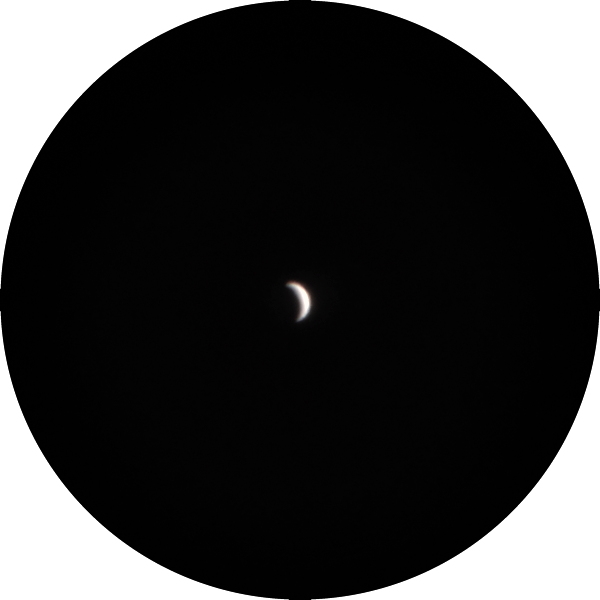
This image of Venus (low in the sky) is a stack of 314 video frames taken with the iOS app NightCap Camera (ISO 80, 1/3205sec), afocal 271X:
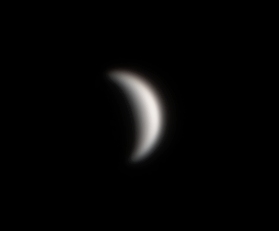
Smartphone astrophotography is an excellent way to document the changing positions of Jupiter's four Galilean Moons. This afocal 94X photo (iOS Camera app) shows (l-r) Callisto, Europa, Io, Jupiter (overexposed), and Ganymede:
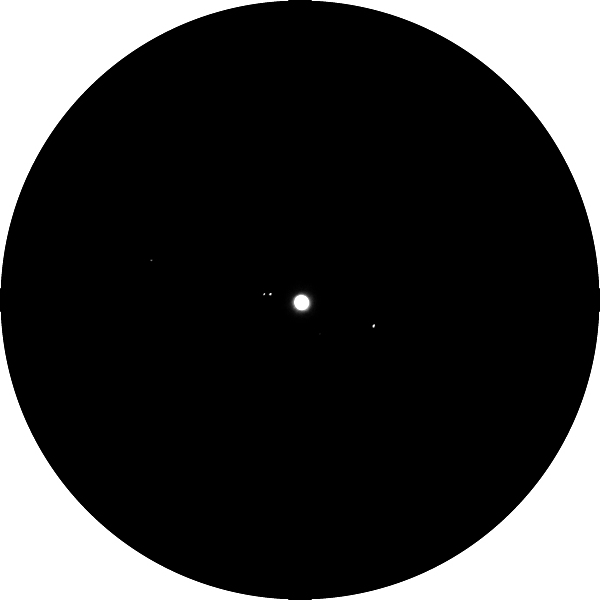
On a night of poor seeing I did some Mars imaging, afocal 271X:
Mars, single image, NightCap Camera (ISO 22, 1/180sec)
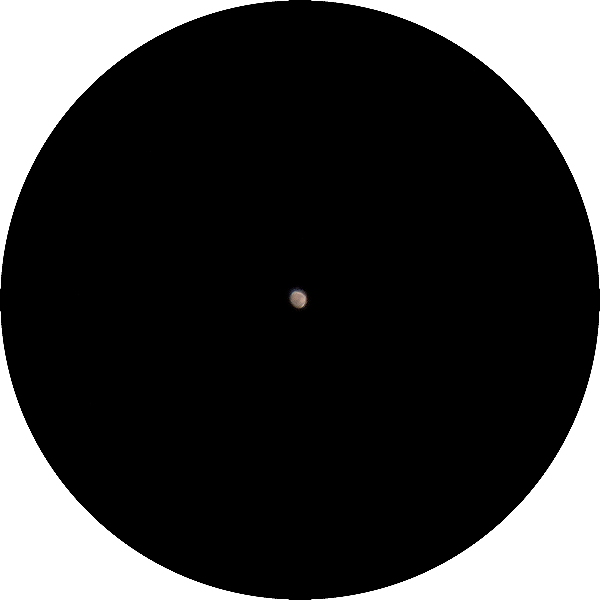
Mars, stack of 167 video frames, NightCap Camera (ISO 100, 1/657sec)
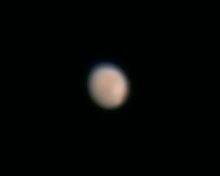
On a night of good seeing, took this iPhone single image of Saturn with NightCap Camera (ISO 125, 1/18sec), afocal 406X:
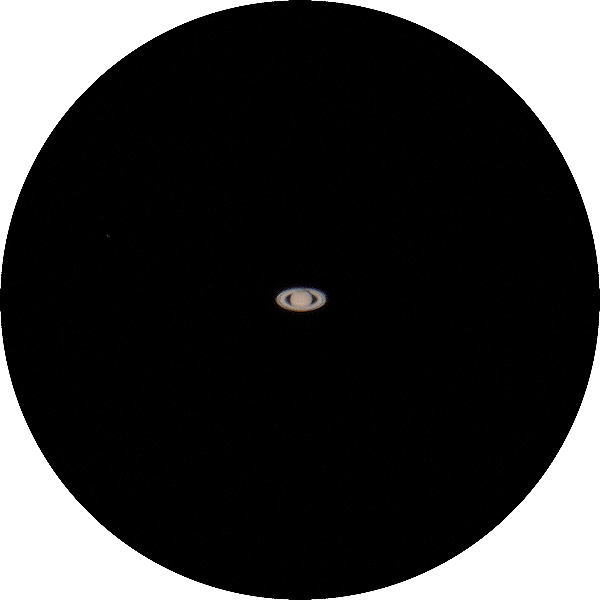
Using the Smartphone Adapter and a smartphone camera you can image brighter asteroids. This is Asteroid 4 Vesta taken with the iPhone 8 Plus, afocal 94X, NightCap Camera (Long Exposure, Light Boost, ISO 8448, 1/3sec, 1 minute exposure), at one hour intervals to show the motion of the asteroid:
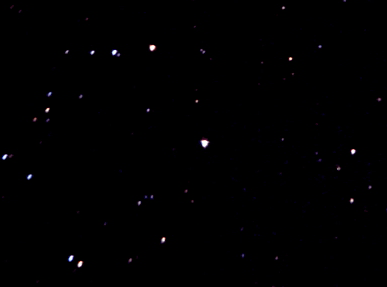
With the right software you can even image stars and bright Deep Sky Objects (DSOs). Here are some examples using the Meade Smartphone Adapter with a 26mm eyepiece (afocal 94X).
M22 (globular cluster), NightCap Camera (Long Exposure, Light Boost, ISO 8448, 1/3sec, 10 seconds exposure)
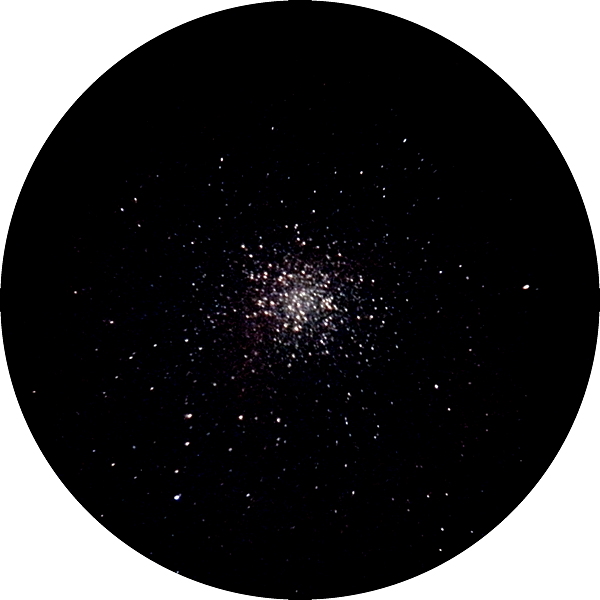
M31 (Andromeda Galaxy), NightCap Camera (Long Exposure, Light Boost, ISO 8448, 1/3sec, 5 minutes exposure)
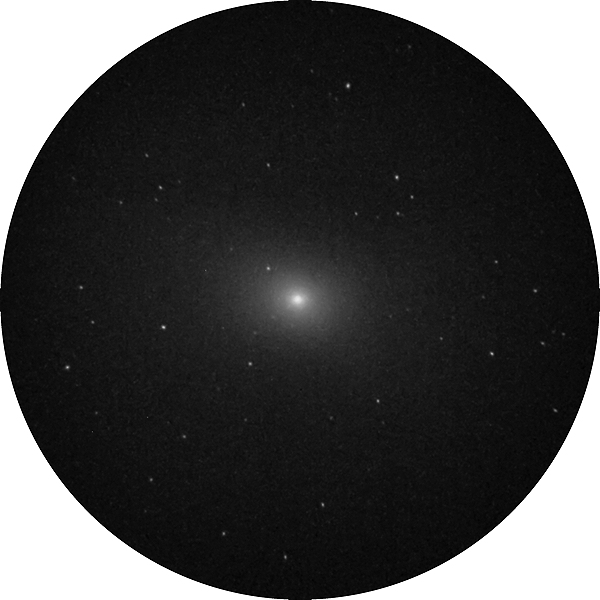
M17 (Swan Nebula), NightCap Camera (Long Exposure, Light Boost, ISO 8448, 1/3sec, 1 minute exposure)
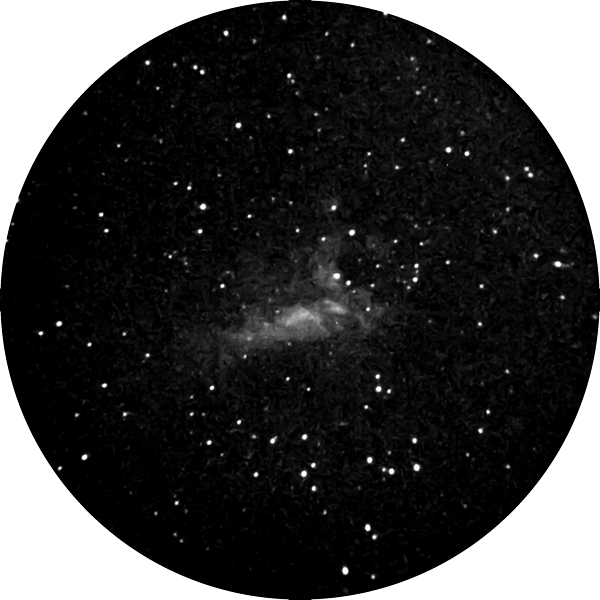
M20 (Trifid Nebula), NightCap Camera (Long Exposure, Light Boost, ISO 8448, 1/3sec, 1 minute exposure)
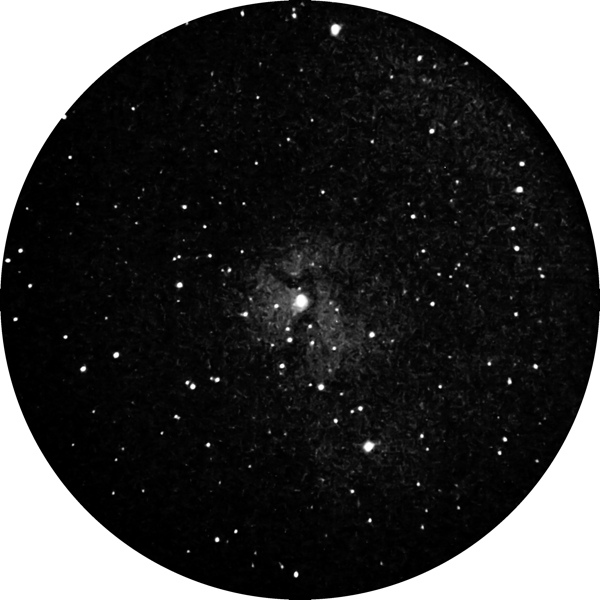
M8 (Lagoon Nebula), NightCap Camera (Long Exposure, Light Boost, ISO 8448, 1/3sec, 1 minute exposure)
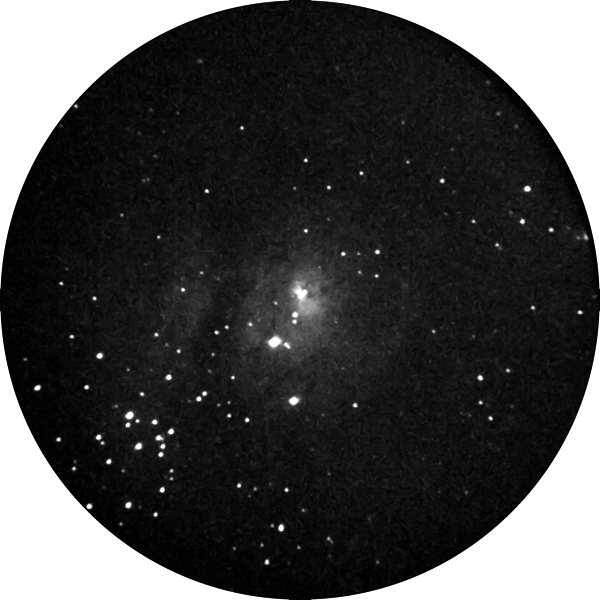
M57 (Ring Nebula), NightCap Camera (Long Exposure, Light Boost, ISO 8448, 1/3sec, 1 minute exposure)

What if you don't use an app like NightCap Camera for long exposures? Here are images of M11 (Wild Duck Cluster) and M13 (Great Globular Cluster in Hercules) comparing NightCap Camera with the iOS Camera app:
M11 (Wild Duck Cluster), NightCap Camera (Long Exposure, Light Boost, ISO 8448, 1/3sec, 10 seconds exposure)
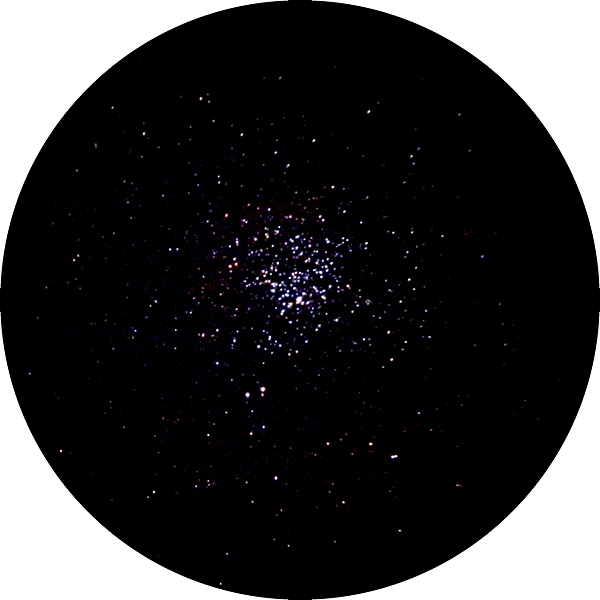
M11 (Wild Duck Cluster), Camera app (ISO 2000, 1/4sec; set for maximum exposure)

M13 (globular cluster), NightCap Camera (Long Exposure, Light Boost, ISO 8448, 1/3sec, 1 minute exposure)
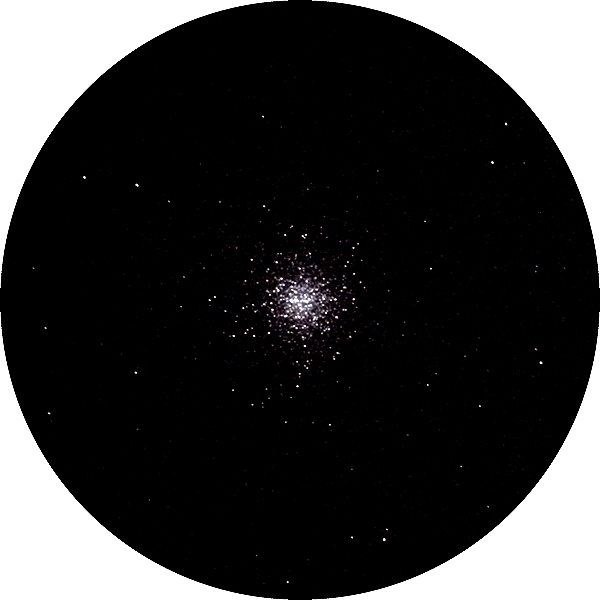
M13 (globular cluster), Camera app (ISO 2000, 1/4sec; set for maximum exposure)
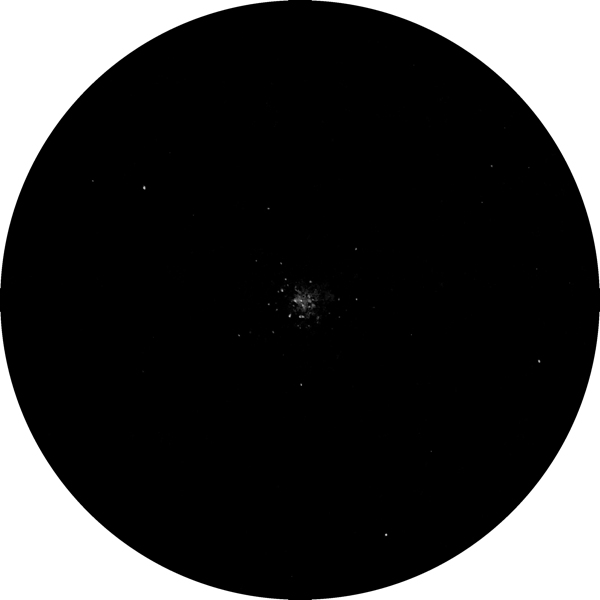
While you can image some brighter DSOs with a normal camera app, software that allows doing long exposures will dramatically improve the results.
Go back to Page 1 of the Review.
Smartphone astrophotography using the Meade Smartphone Adapter: ETX-125 Observer Telescope.
Go to: Summary.
Comments are welcome using Email. If you are on Twitter you can use the button below to tweet this review to your followers. Thanks.
Cassiopeia Observatory Home Page
Copyright ©2018 Michael L. Weasner / mweasner@me.com
URL = http://www.weasner.com/co/Reviews/2018/Meade_Smartphone_Adapter/index2.html

